
LOS ANGELES — The legal proceedings surrounding the untimely death of actor Matthew Perry in October 2023 have reached a pivotal moment with the guilty plea of Jasveen Sangha, a woman whom prosecutors have repeatedly described as “the Ketamine Queen.” This development marks a significant turn in a complex case that has drawn considerable public attention and underscores the devastating impact of illegal drug distribution. Sangha’s admission of guilt brings a certain degree of closure to an investigation that has exposed a network of individuals involved in supplying the drug that ultimately claimed the life of the beloved “Friends” star.
Sangha, 42, appeared in federal court in Los Angeles on Wednesday, September 3, to enter her plea, effectively becoming the fifth and final defendant to admit guilt in connection with Perry’s fatal overdose. Her decision to plead guilty to multiple felony charges signifies an acceptance of responsibility for her role in the tragic events. This comprehensive article will delve into the details of Sangha’s plea, the broader context of the charges, and the intricate web of individuals implicated in the drug supply chain that led to Perry’s death.
The case has revealed a troubling narrative of drug acquisition and administration, highlighting the dangers associated with unregulated substances, even those with legitimate medical applications. As the legal process progresses towards sentencing for all involved parties, the spotlight remains on the critical roles played by each individual and the broader implications for public health and safety. Understanding these elements is crucial to comprehending the full scope of this tragic incident and its reverberations within the justice system.

1. **Jasveen Sangha’s Guilty Plea and its Significance**Jasveen Sangha’s recent appearance in federal court on September 3, where she formally entered a guilty plea, marks a decisive moment in the investigation into Matthew Perry’s death. This plea encompasses five felony charges, signaling a culmination of legal pressure and a strategic shift from her initial not-guilty stance. Her attorney, Mark Geragos, stated, “She’s taking responsibility for her actions” and “She feels horrible. She’s felt horrible from Day 1,” reflecting the gravity of the situation.
The charges Sangha pleaded guilty to include one count of maintaining a drug-involved premises, three counts of distribution of ketamine, and one count of distribution of ketamine resulting in death or serious bodily injury. This admission is particularly significant as it directly links her actions to the fatal overdose of Matthew Perry. Prosecutors had consistently emphasized her pivotal role in the drug supply chain, making her plea a critical component of the overall case.
Her guilty plea effectively closes the chapter on the indictments for all five individuals charged in Perry’s death, providing a clearer path towards sentencing. This step is crucial for the judicial process, bringing a measure of finality to the criminal proceedings. The fact that she is the last of the defendants to plead guilty underscores the comprehensive nature of the federal investigation and its determination to hold all responsible parties accountable.
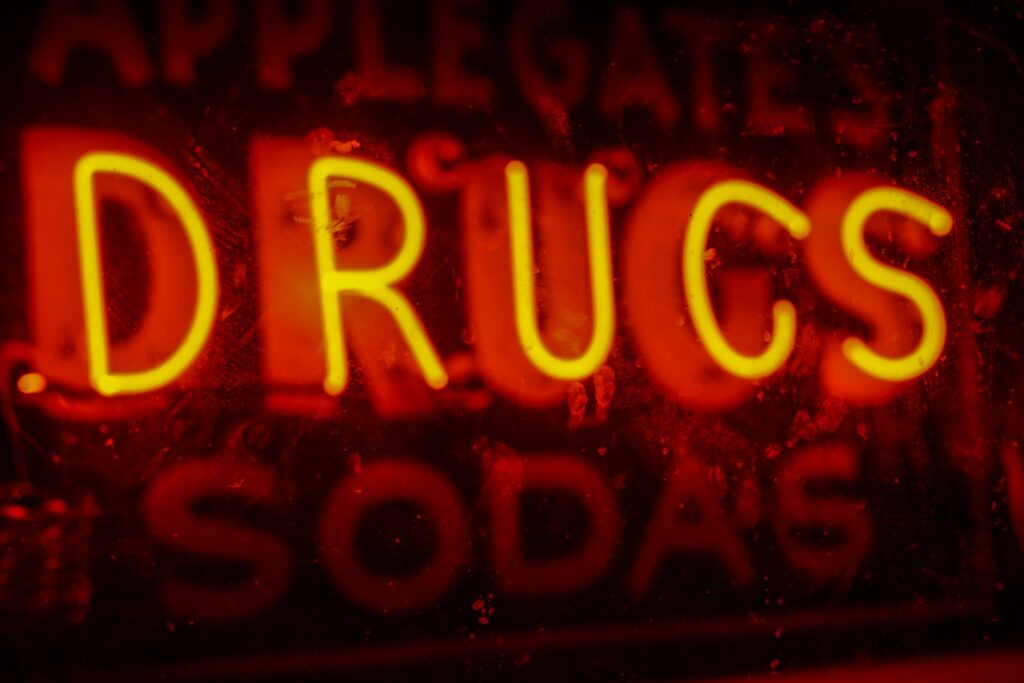
2. **The Identity and Operations of “The Ketamine Queen”**Prosecutors have consistently branded Jasveen Sangha as “the Ketamine Queen of North Hollywood,” a moniker that became central to her identity within the federal filings. This designation was not merely symbolic; it reflected her established role as a significant drug supplier operating within Los Angeles’ San Fernando Valley. Her operations were reportedly extensive, involving the storage, packaging, and distribution of various illicit substances.
According to her plea agreement, Sangha had been actively involved in these drug-related activities from her North Hollywood residence since at least June 2019. This timeline indicates a long-standing operation, suggesting a sophisticated and sustained effort to deal narcotics. Authorities reinforced this description with evidence found during a search of her home in March 2023, where they discovered 79 vials of liquid ketamine, alongside other drugs such as methamphetamine, Ecstasy, counterfeit Xanax pills, and cocaine, as well as drug trafficking items like a money-counting machine and $5,723 in cash.
Further details from an affidavit by a U.S. Drug Enforcement Administration agent depicted Sangha as a “high-volume dealer,” who meticulously kept “handwritten notes that appeared to detail thousands of dollars of drug transactions.” These notes, coupled with her use of coded language in chat threads on encrypted messaging apps with clients, paint a picture of a calculated and professional drug distribution enterprise. The “Ketamine Queen” was not just a name but a reflection of her systematic and widespread drug dealing activities.

3. **The Specific Charges and Potential Sentencing for Sangha**Jasveen Sangha’s guilty plea encompasses five distinct felony charges, each carrying significant legal ramifications. These charges are: one count of maintaining a drug-involved premises, three counts of distribution of ketamine, and one count of distribution of ketamine resulting in death or serious bodily injury. The combination of these counts highlights the severity of her alleged actions and their direct link to Matthew Perry’s death.
For the charge related to maintaining a drug-involved premises, Sangha faces a statutory maximum prison sentence of 20 years. Each of the three ketamine distribution counts carries a maximum sentence of up to 10 years. Crucially, the charge of distributing ketamine that resulted in Perry’s death carries a maximum of 15 years. Cumulatively, prosecutors state that Sangha faces a maximum prison sentence of up to 65 years.
Her sentencing hearing is officially scheduled for December 10. While the statutory maximum is substantial, Sangha’s attorney, Mark Geragos, has indicated that there will be “a lot of mitigation in this case” that will be presented to the court. Prosecutors, in her plea agreement, also noted that they could seek a reduced sentence if she accepts responsibility. The judge, however, is not bound to follow these terms, meaning the final sentence remains to be determined after a full evidentiary hearing.

4. **The Medical Examiner’s Findings on Matthew Perry’s Death**Matthew Perry’s death on October 28, 2023, at the age of 54, was officially ruled an accident by the Los Angeles County Medical Examiner’s Office. The autopsy report, released in December 2023, identified the primary cause of death as “the acute effects of ketamine.” This finding was central to the subsequent criminal investigation, pointing directly to the drug as the fatal agent in his system.
The report further specified several contributing factors to Perry’s passing. These included drowning, coronary artery disease, and the effects of buprenorphine. Buprenorphine is a medication commonly used to treat opioid use disorder, indicating a complex medical history. The presence and interaction of these factors underscored the fragility of Perry’s health at the time of his death.
Of particular note was the amount of ketamine detected in Perry’s system at the time of his death, which the medical examiner’s office stated was equivalent to the amount typically used in general anesthesia. This high concentration suggested a level of exposure far beyond therapeutic use, strongly supporting the conclusion that the drug was directly responsible for his acute medical distress and subsequent drowning in his hot tub. These findings were critical in establishing the criminal charges against those who supplied the drug.
Read more about: Unspoken Grief: The Definitive Account of Matthew Perry’s Death, Its Aftermath, and the Unraveling of a Supply Network
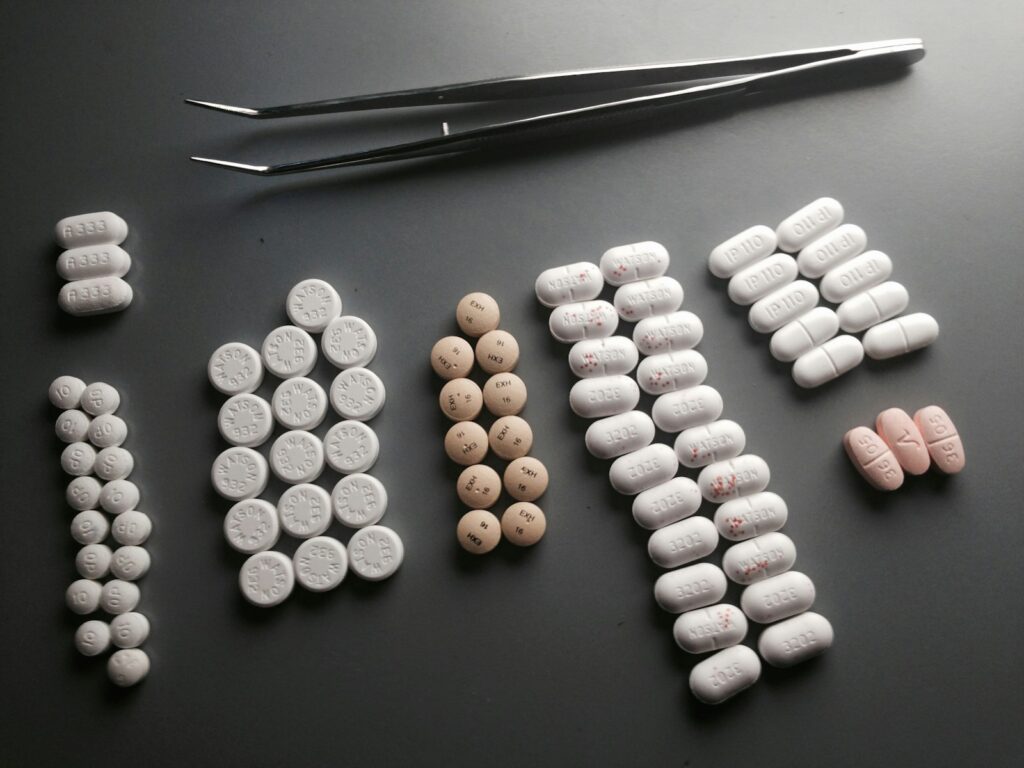
5. **Erik Fleming: The Acquaintance and Distributor’s Role**Erik Fleming, described as an acquaintance of Matthew Perry and a former producer and drug counseling worker, played a critical intermediary role in the drug distribution network. Prosecutors detailed how Fleming worked in conjunction with Jasveen Sangha to supply ketamine to Perry. His involvement was crucial in bridging the gap between the “Ketamine Queen” and the actor seeking the drug.
In October 2023, specifically, Sangha and Fleming reportedly sold 51 vials of ketamine to Perry, which were then provided to Perry’s live-in assistant, Kenneth Iwamasa. Fleming’s participation in this transaction chain was explicitly detailed in his own plea agreement, where he admitted to distributing Sangha’s ketamine that ultimately killed Perry. This admission solidified his direct culpability in the tragic events.
Fleming previously pleaded guilty to one count of conspiracy to distribute ketamine and one count of distribution of ketamine resulting in death. His sentencing is slated for November 12, and he faces a maximum prison sentence of up to 25 years. His cooperation with prosecutors, part of his plea deal, was instrumental in building the case against other defendants, including Sangha.
6. **Kenneth Iwamasa: Perry’s Assistant and the Direct Administrator**Kenneth Iwamasa, Matthew Perry’s live-in personal assistant, held a deeply implicated role in the sequence of events leading to the actor’s death. Prosecutors stated that Iwamasa was responsible for purchasing a substantial amount of ketamine for Perry, acquiring at least $55,000 worth of the drug. This significant financial outlay indicates a consistent and extensive effort to procure the substance for Perry.
Crucially, Iwamasa was also the individual who repeatedly injected Perry with the ketamine that Sangha supplied to Fleming. The Department of Justice specifically noted that on October 28, 2023, the day Perry died, Iwamasa injected him with at least three shots of Sangha’s ketamine. This direct administration of the fatal doses places Iwamasa at the immediate scene of Perry’s overdose.
Iwamasa, 60, agreed to plead guilty to one count of conspiracy to distribute ketamine causing death. His sentencing is scheduled for November 19, where he faces a maximum prison sentence of 15 years. His admissions, like Fleming’s, were a vital component of the prosecution’s case against the wider network, underscoring the interconnectedness of all defendants in the drug supply and administration chain.
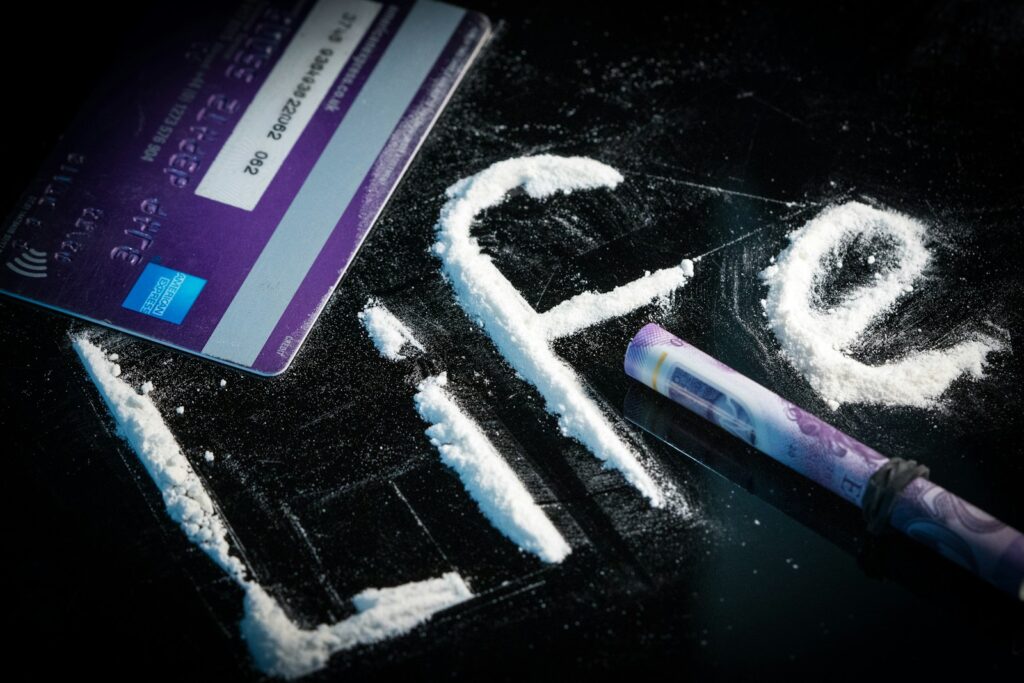
7. **Dr. Salvador Plasencia: The Physician Supplying Ketamine**Dr. Salvador Plasencia, also known as “Dr. P,” was another key figure charged in connection with Matthew Perry’s death, though his role was distinct from Sangha’s. In July, Plasencia pleaded guilty to four counts of illegal distribution of ketamine. His plea acknowledged that he “knowingly distributed ketamine” to Perry in the weeks preceding his death, acting “outside the scope of professional practice” and without “a legitimate medical purpose.”
Despite his involvement in supplying ketamine to Perry, prosecutors clarified a crucial distinction: Dr. Plasencia did not supply the specific doses that directly caused Perry’s death. His distributions, however, contributed to Perry’s overall access to the drug, which Perry had become addicted to. The information presented suggests a pattern of behavior that circumvented proper medical protocols, facilitating Perry’s unsupervised consumption of the substance.
Dr. Plasencia’s sentencing hearing is scheduled for December 3, where he faces a maximum of 10 years in prison for each of the four counts to which he pleaded guilty. His case highlights how even medical professionals, when operating outside ethical and legal boundaries, can become instrumental in illegal drug distribution. His plea deal, like those of Fleming and Iwamasa, was part of the broader legal strategy to dismantle the network that supplied Matthew Perry with ketamine.
Read more about: Unspoken Grief: The Definitive Account of Matthew Perry’s Death, Its Aftermath, and the Unraveling of a Supply Network

8. **Dr. Mark Chavez: The Physician’s Role in the Distribution Network**Dr. Mark Chavez, a San Diego-based physician who previously operated a ketamine clinic, became another integral, albeit distinct, component of the broader drug distribution network linked to Matthew Perry’s death. In October, Dr. Chavez entered a guilty plea to one count of conspiracy to distribute ketamine. This admission underscored his role in the illicit supply chain, further illustrating the complex web of individuals involved in providing the dissociative anesthetic.
Prosecutors accused Dr. Chavez of obtaining ketamine illegally, specifically by presenting false information and issuing a prescription without the consent of an unnamed patient. This method allowed him to acquire the drug outside legitimate medical parameters, channeling it into the illicit market. His involvement highlights the troubling diversion of controlled substances from authorized medical channels into unauthorized distribution, compromising public safety and professional ethics.
Crucially, Dr. Chavez admitted that he sold ketamine to Dr. Salvador Plasencia, who then distributed it to Matthew Perry. This established a direct link between Dr. Chavez’s illicit procurement and Perry’s access to the drug. Scheduled for sentencing on September 17, Dr. Chavez faces a statutory maximum of up to 10 years in federal prison, reflecting the gravity of his participation in the conspiracy and the legal system’s commitment to holding medical professionals accountable for such breaches.

9. **Jasveen Sangha’s Attempts to Obstruct Justice**Beyond her direct involvement in drug distribution, Jasveen Sangha engaged in concerted efforts to obstruct justice following Matthew Perry’s death, revealing a calculated attempt to evade accountability. Upon learning of Perry’s passing through news reports, Sangha immediately contacted Erik Fleming on the encrypted messaging application Signal to discuss strategies for distancing themselves from the tragic incident.
During this communication, Sangha explicitly instructed Fleming to “Delete all our messages,” and subsequently updated the settings on her Signal application to automatically delete messages exchanged with Fleming. These actions demonstrate a clear intent to conceal evidence and impede any potential investigation into their drug distribution activities, underscoring a deliberate attempt to undermine the judicial process and protect herself from culpability.
Further evidence of these obstructive efforts emerged two days later when Fleming left Sangha a voicemail and text message on Signal, seeking to “bounce ideas off you.” In this communication, Fleming stated, “I’m 90% sure everyone is protected. I never dealt with [Perry]—only his Assistant. So the Assistant was the enabler.” He also inquired about how long ketamine remains in the system for toxicology screenings. This exchange illustrates a continued, collaborative effort to formulate a narrative that would deflect blame and protect themselves from legal repercussions.

10. **The Tragic Precedent: Cody McLaury’s Overdose Death**Jasveen Sangha’s culpability extends beyond Matthew Perry’s death, as her plea agreement included an admission to selling ketamine that directly led to the overdose death of another individual, Los Angeles resident Cody McLaury, in 2019. This prior incident establishes a troubling pattern of behavior and, significantly, demonstrates Sangha’s awareness of the lethal dangers associated with the drug she distributed.
According to prosecutors, McLaury, then 33, died hours after Sangha sold him four vials of ketamine in August 2019. This tragic event served as a stark warning, yet Sangha continued her drug dealing operations. Prosecutors specifically cited McLaury’s death in an August 15, 2024, press release as unequivocal evidence that “Sangha was aware of the danger of ketamine,” emphasizing that she knowingly continued to engage in perilous activities.
The gravity of Sangha’s knowledge was further underscored when a family member of Cody McLaury sent her a text message explicitly stating that the ketamine she supplied had resulted in his death. In a chilling response, Sangha then conducted a Google search query: “Can ketamine be listed as a cause of death?” As part of her plea agreement, Sangha will be mandated to pay full restitution to the victims, encompassing both Matthew Perry and Cody McLaury, acknowledging the profound harm inflicted by her actions.

11. **The Complex Nature of Ketamine: Therapeutic Use Versus Recreational Abuse**Ketamine, a drug central to the investigations into Matthew Perry’s death, presents a complex profile, originally developed and primarily utilized as an anesthetic in medical settings. Over the past decade, however, its application has broadened considerably, finding increasing popularity as an off-label therapeutic treatment for specific mental health conditions, including post-traumatic stress disorder (PTSD) and severe depression, under controlled medical supervision.
Simultaneously, ketamine has gained notoriety on the recreational drug scene, often referred to by its street name, “Special K.” This duality highlights a significant public health challenge: a substance with legitimate medical utility being increasingly sought after for non-medical, recreational purposes. The stark contrast between its clinical application and its potential for abuse underscores the critical need for stringent oversight and public awareness regarding its dangers.
Matthew Perry’s experience tragically encapsulates this complex dynamic. While he had been undergoing legitimate ketamine infusion therapy to address his depression and anxiety, he subsequently sought unsupervised doses, developing a dependence on the drug that prosecutors described as “spiraling out of control.” The medical examiner’s office reported that the amount of ketamine detected in Perry’s system at the time of his death was equivalent to that typically administered for general anesthesia, a concentration far exceeding any therapeutic dose and underscoring the peril of unmonitored self-administration.
Read more about: Unspoken Grief: The Definitive Account of Matthew Perry’s Death, Its Aftermath, and the Unraveling of a Supply Network
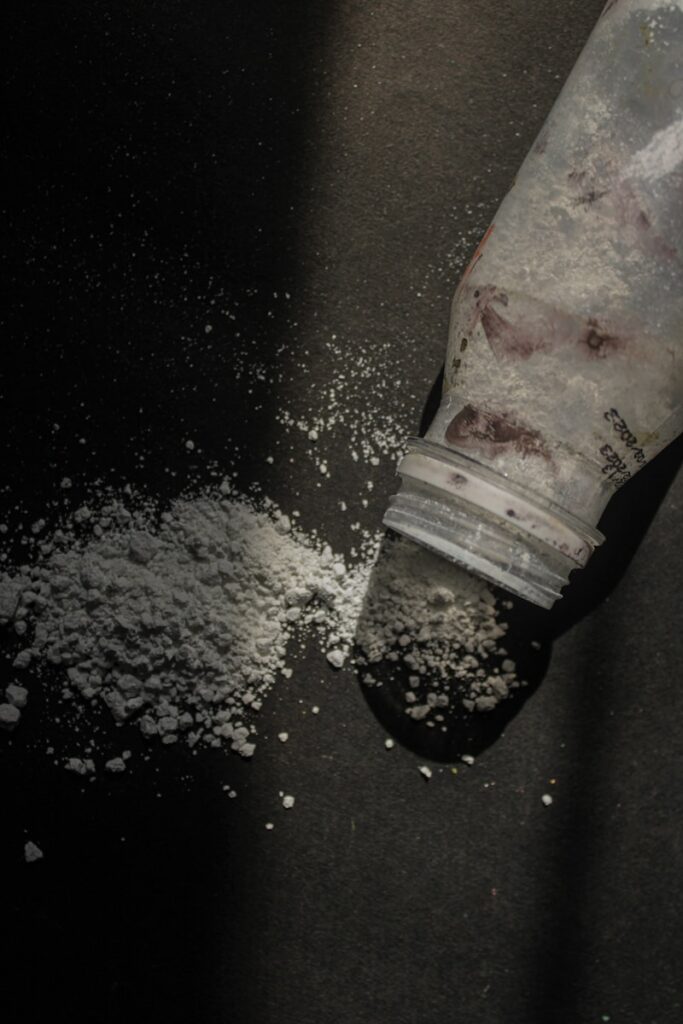
12. **Matthew Perry’s Enduring Battle with Addiction**Matthew Perry’s untimely death brought into sharp focus his well-documented and long-standing struggles with drug and alcohol addiction, a battle he openly discussed throughout his life. His candidness about his challenges provided a poignant backdrop to the tragic circumstances of his passing, illustrating the relentless grip of addiction even for those in the public eye.
Perry chronicled many of his experiences with substance abuse in his 2022 memoir, “Friends, Lovers, and the Big Terrible Thing,” offering intimate insights into his journey through numerous rehabilitation visits and periods of sobriety. This public record highlighted not just the severity of his addiction, but also his enduring commitment to recovery, a journey that resonated with millions of individuals facing similar struggles.
In the final months of his life, Perry developed an addiction to intravenous ketamine, a substance he initially accessed through prescribed therapeutic treatments. However, he subsequently sought unsupervised doses, illustrating a dangerous escalation. Prosecutors described his dependence on the drug as “spiraling out of control” leading up to his death, a critical detail that underscores how his chronic battle with addiction ultimately contributed to his fatal overdose, despite his efforts toward recovery.
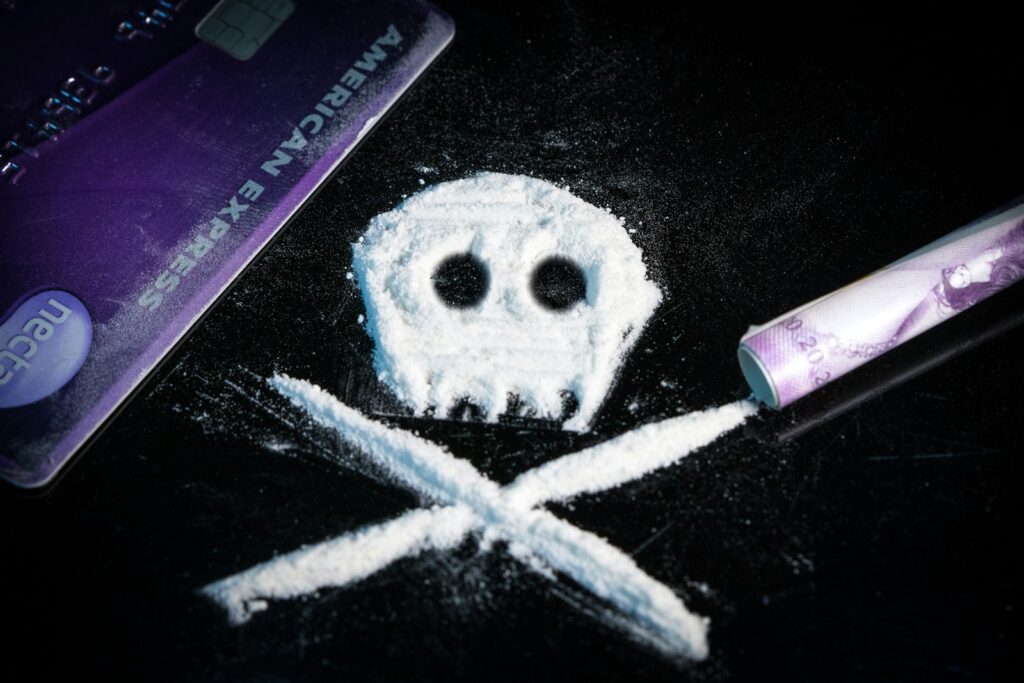
13. **Broader Legal Outcomes for All Five Defendants**The guilty pleas of all five defendants in the Matthew Perry overdose case represent a comprehensive legal resolution, signaling the justice system’s capacity to dismantle complex drug distribution networks. While sentencing for each individual is pending, the framework of their plea agreements provides a clear trajectory for the legal consequences each will face, reflecting their specific roles in the events leading to Perry’s death.
Jasveen Sangha, having pleaded guilty to five felony charges, faces a maximum prison sentence of up to 65 years, with her sentencing scheduled for December 10. While prosecutors may seek a reduced sentence in recognition of her acceptance of responsibility, the judge retains ultimate discretion. Erik Fleming, who admitted to distributing Sangha’s ketamine that killed Perry, faces up to 25 years, with his sentencing set for November 12, for conspiracy to distribute ketamine and distribution resulting in death.
Kenneth Iwamasa, Perry’s live-in assistant, who directly administered the fatal doses, will be sentenced on November 19 and faces a maximum of 15 years in prison for conspiracy to distribute ketamine causing death. Dr. Salvador Plasencia, who illegally distributed ketamine to Perry, though not the fatal doses, is scheduled for sentencing on December 3, facing up to 10 years for each of his four counts of illegal distribution. Finally, Dr. Mark Chavez, who conspired to illegally obtain and distribute ketamine, faces up to 10 years at his sentencing on September 17.
Read more about: Unspoken Grief: The Definitive Account of Matthew Perry’s Death, Its Aftermath, and the Unraveling of a Supply Network

14. **Public Reaction and Media Scrutiny of a High-Profile Case**The death of Matthew Perry, a globally recognized and beloved actor from the iconic television series “Friends,” inevitably drew intense public attention and extensive media scrutiny to the subsequent criminal investigation. From the initial reports of his passing to the final defendant’s guilty plea, the case has been a subject of widespread discussion, highlighting the devastating impact of illegal drug distribution on individuals, families, and society at large.
The constant media spotlight on the proceedings underscored the public’s deep interest in understanding the circumstances surrounding Perry’s untimely death. The presence of Perry’s mother, Suzanne Perry, and stepfather, Keith Morrison, at Sangha’s guilty plea hearing further amplified the human tragedy at the core of the legal narrative, drawing empathetic responses from a global audience that mourned the loss of a cherished public figure who openly battled addiction.
This high-profile case has transcended the typical legal proceeding, becoming a significant cultural touchstone. Media coverage from outlets such as USA TODAY, The Los Angeles Times, TMZ, the Associated Press, Sky News, and CBS News meticulously documented every development, ensuring the details of the drug network, individual culpability, and the complexities of ketamine use were brought to the public fore, provoking broader conversations about addiction and drug enforcement.
Read more about: Kelsey Bateman, ‘Rock of Love’ Contestant, Dies at 39: Revisiting a Reality TV Journey and Its Enduring Echoes

15. **The Enduring Legal and Societal Ramifications of the Case**The conclusion of the criminal proceedings with Jasveen Sangha’s guilty plea marks a significant moment, yet the legal and societal ramifications of Matthew Perry’s death are likely to endure for years to come. This case has underscored with stark clarity the devastating impact of illegal drug distribution, serving as a powerful cautionary tale regarding the perils of unregulated substances and the networks that supply them.
The comprehensive investigation, leading to the indictment and subsequent guilty pleas of five individuals, sends a strong message regarding accountability within the justice system. It highlights the critical roles played by each defendant, from those directly supplying the drugs to medical professionals who deviated from ethical practice, demonstrating a determination to dismantle illicit networks and hold all responsible parties accountable for their contributions to such tragedies.
Furthermore, this case has reignited public discourse on the complex interplay between legitimate medical treatments, such as ketamine therapy for mental health, and the potential for abuse and illicit diversion. It prompts a deeper reflection on public health and safety, emphasizing the need for robust regulatory frameworks and support systems for individuals struggling with addiction, particularly when controlled substances are involved.
Read more about: Beyond the Barrel: Unpacking Cracker Barrel’s Tumultuous History of Corporate Controversies and Cultural Clashes
Ultimately, the Matthew Perry case will likely be remembered not just for the tragic loss of a beloved celebrity, but as a pivotal instance where the full weight of the legal system was brought to bear on a complex drug distribution network. Its legacy will contribute to ongoing conversations about drug policy, law enforcement strategies, and the societal responsibility to address addiction with both punitive measures for suppliers and compassionate support for those caught in its grip, striving to prevent similar tragedies in the future.




